Blog
“A society based on cash and self-interest is not a society at all, but a state of war.” William Morris
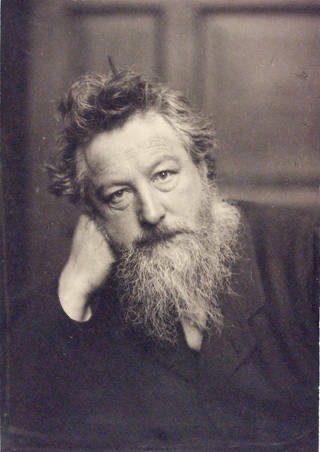
Located approximately 75 million light-years away in the constellation Sextans, NGC 3169 is a striking spiral galaxy undergoing a gravitational interaction with its neighbor, NGC 3166. This cosmic encounter has resulted in dramatic distortions of its spiral structure, stretching out delicate tidal streams and stellar plumes that hint at the immense forces at play.
One of the most captivating features of NGC 3169 is its sweeping tidal tails, remnants of its ongoing interaction. These elongated structures tell the story of how galaxies evolve and reshape over time, driven by their mutual gravitational pull. The dark dust lanes, illuminated by the soft glow of starlight, weave through the galaxy’s core, adding to its rich complexity.
Adding to its intrigue, NGC 3169 also hosts an active galactic nucleus, believed to house a supermassive black hole. This powerhouse emits radiation across multiple wavelengths, from radio to X-rays, making it a fascinating subject for study.
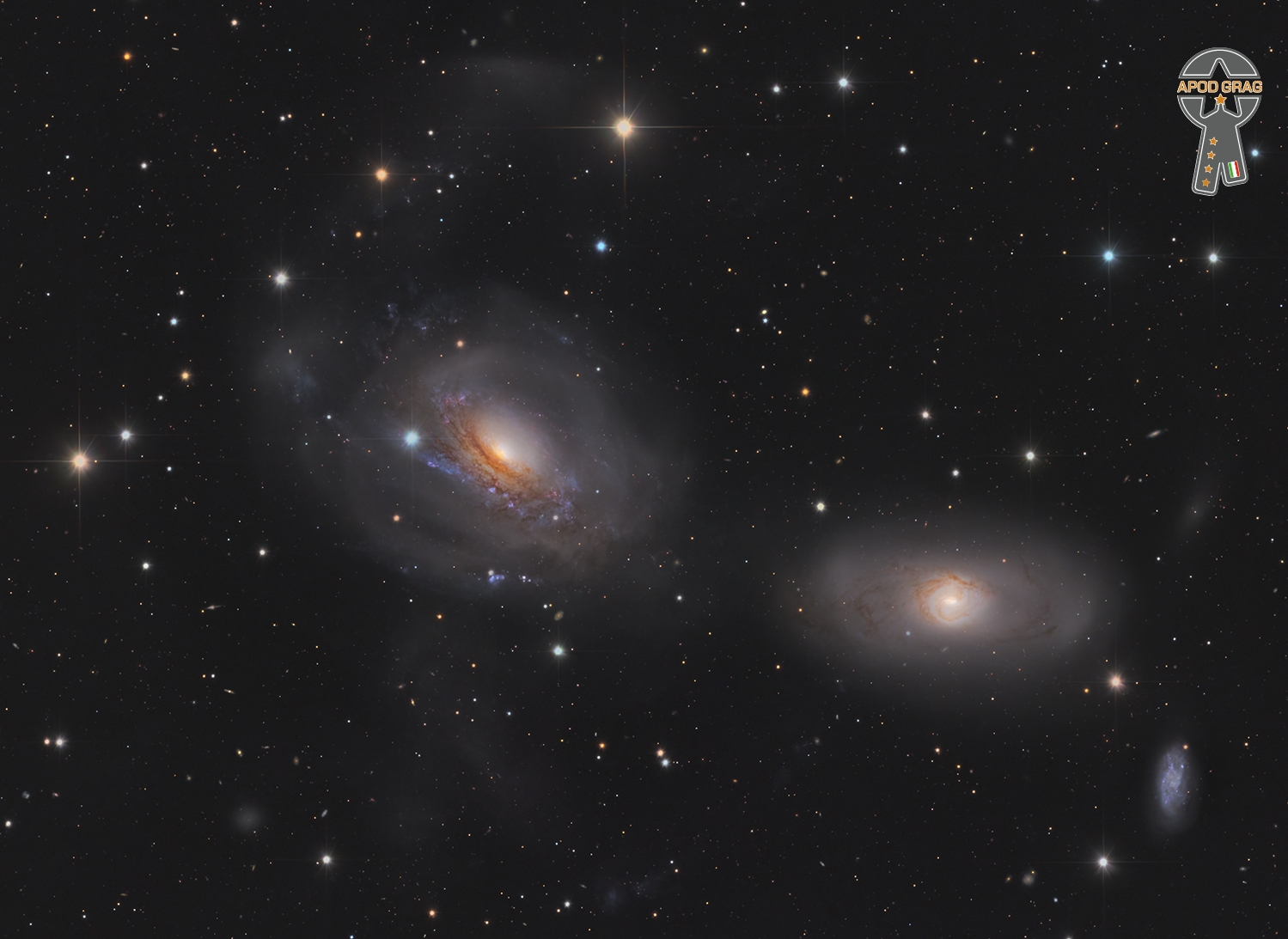
more...
Herbert Jeffrey Hancock (born April 12, 1940 Chicago) is an American jazz musician, bandleader, and composer. He started his career with trumpeter Donald Byrd‘s group. Hancock soon joined the Miles Davis Quintet, where he helped to redefine the role of a jazz rhythm section and was one of the primary architects of the post-bop sound. In the 1970s, he experimented with jazz fusion, funk, and electro styles using a wide array of synthesizers and electronics. It was during this time that he released one of his best-known and most influential albums, Head Hunters.
Hancock’s best-known compositions include “Cantaloupe Island“, “Watermelon Man“, “Maiden Voyage“, and “Chameleon“, all of which are jazz standards. During the 1980s, he had a hit single with the electronic instrumental “Rockit“, a collaboration with bassist/producer Bill Laswell. Hancock has won an Academy Award and 14 Grammy Awards, including Album of the Year for his 2007 Joni Mitchell tribute album River: The Joni Letters. In 2024, Neil McCormick of The Daily Telegraph ranked Hancock as the greatest keyboard player of all time.
Since 2012, Hancock has served as a professor at the University of California, Los Angeles, where he teaches at the UCLA Herb Alpert School of Music. He is also the chairman of the Herbie Hancock Institute of Jazz (known as the Thelonious MonkInstitute of Jazz until 2019).
more...James D. “Shakey Jake” Harris (April 12, 1921 – March 2, 1990) was an American Chicago blues singer, harmonicist and songwriter. He released six albums over a period of almost 25 years. He was often musically associated with his nephew Magic Sam.
James D. Harris was born in Earle, Arkansas, and relocated with his family to Chicago, Illinois, at the age of seven. He played in several Chicago blues ensembles in the late 1940s. He also worked as a mechanic and as a professional gambler (his nickname came from a dice players’ expression, “shake ’em”). His debut recording was the single “Call Me if You Need Me”, backed with “Roll Your Moneymaker”, released by Artistic Records in 1958, featuring Magic Sam and Syl Johnson on guitar and produced by Willie Dixon. Harris was not paid for the session, but he won $700 shooting crapswith label owner Eli Toscano.
more...Theodore Roosevelt “Hound Dog” Taylor (April 12, 1915 – December 17, 1975) was an American Chicago blues guitarist and singer.
Taylor was born in Natchez, Mississippi, in 1915, though some sources say 1917. He first played the piano and began playing the guitar when he was 20. He moved to Chicago in 1942.
Taylor had a condition known as polydactylism, which resulted in him having six fingers on both hands. As is usual with the condition, the extra digits were rudimentary nubbins and could not be moved. One night, while drunk, he cut off the extra digit on his right hand using a straight razor.
He became a full-time musician around 1957, but remained unknown outside the Chicago area, where he played small clubs in black neighborhoods and at the open-air Maxwell Street Market. He was known for his electrified slide guitar playing (roughly styled after that of Elmore James), his cheap Japanese Teisco guitars, and his raucous boogie beats. In 1967, Taylor toured Europe with the American Folk Blues Festival, performing with Little Walter and Koko Taylor.
more...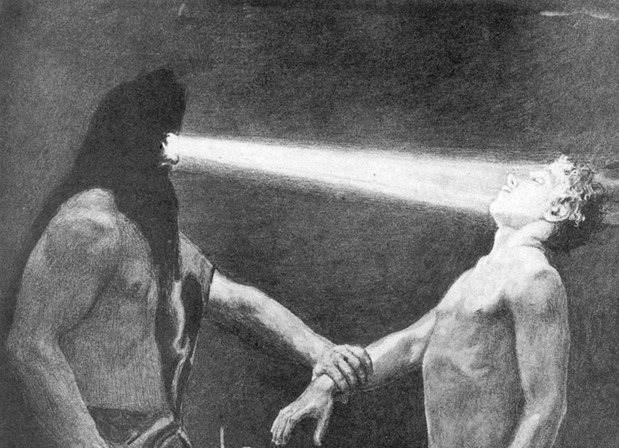
Friday April 11th 2025 6pm Music with Inbal Sharett-Singer, Jayson Rodovsky, Jeff Bailey, Pete Whitman and mick laBriola.
more...The Rosette Nebula (also known as Caldwell 49) is an H II region located near one end of a giant molecular cloud in the Monoceros region of the Milky Way Galaxy. The open cluster NGC 2244 (Caldwell 50) is closely associated with the nebulosity, the starsof the cluster having been formed from the nebula’s matter.
The nebula has been noted to be having a shape reminiscent of a human skull, and is sometimes referred to as the “Skull Nebula”. It is not to be confused with NGC 246, which is also nicknamed the “Skull Nebula”. NGC 2264 is the designation number of the New General Catalogue that identifies two astronomical objects as a single object: the Cone Nebula, and the Christmas Tree Cluster. Two other objects are within this designation but not officially included, the Snowflake Cluster, and the Fox Fur Nebula. All of the objects are located in the Monoceros constellation and are located about 720 parsecs or 2,300 light-years from Earth. Due to its relative proximity and large size, it is extremely well-studied. NGC 2264 is sometimes referred to as the Christmas Tree Cluster and the Cone Nebula. However, the designation of NGC 2264 in the New General Catalogue refers to both objects and not the cluster alone.
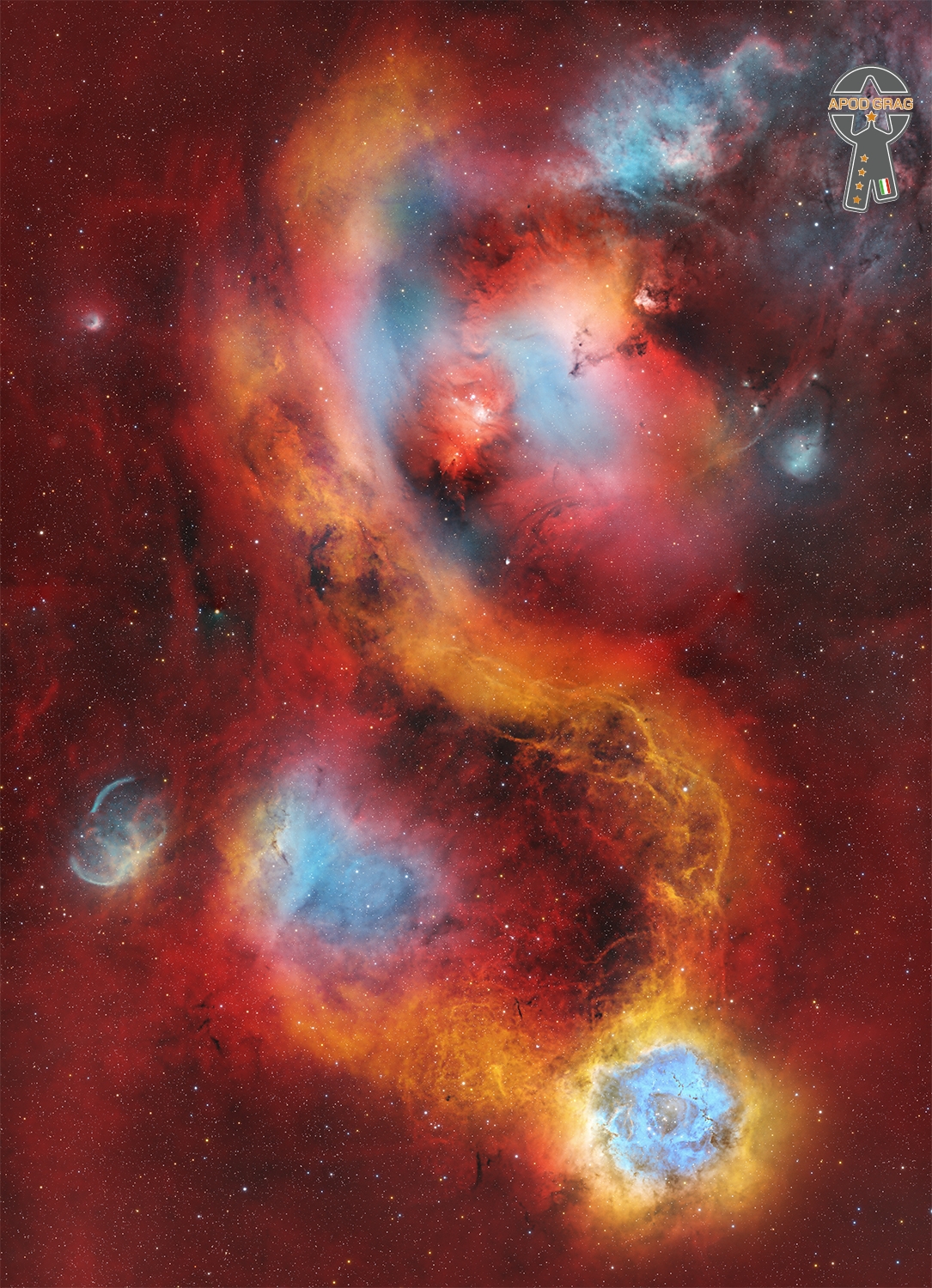
more...
Jean-Joseph Mouret (11 April 1682 in Avignon – 10 December 1738 in Charenton-le-Pont) was a French composer whose dramatic works made him one of the leading exponents of Baroque music in his country. Even though most of his works are rarely performed, Mouret’s name survives today thanks to the popularity of the Fanfare-Rondeau from his first Suite de symphonies, which has been adopted as the signature tune of the PBS program Masterpiece and is a popular musical choice in many modern weddings.
more...Kundan Lal Saigal, often abbreviated as K. L. Saigal (11 April 1904 – 18 January 1947), was an Indian singer and actor who worked in Hindi cinema, which was centred in Calcutta (Kolkata) during his time, but is currently based in Bombay (Mumbai).Saigal’s unique voice quality which was a mixture of baritone and soft tenor was the benchmark for most of the singers who followed him. In fact it remains the gold standard even today shining through very early and practically primitive recording technology. He did not sing songs on which other actors would lip-sync for the camera. It was only towards the very last stages of his career, during 1945 to 1947, that he sang to make studio recordings, and these were for himself as the actor on the screen. Thus, while other singers in Hindi Cinema are playback singers, he was not a playback singer.
more...Richard Berry Jr. (April 11, 1935 – January 23, 1997) was an American singer, songwriter and musician, who performed with many Los Angeles doo-wop and close harmony groups in the 1950s, including the Flairs and the Robins.
He is best known as the composer and original performer of the rock standard “Louie Louie“. The song became a hit for the Kingsmen and others, and it is one of the most recorded songs of all time; however, Berry received little financial benefit for writing it until the 1980s, having signed away his rights to the song in 1959. He also wrote and released “Have Love, Will Travel” which has been recorded by many other artists.
more...John Levy (April 11, 1912 – January 20, 2012) was an American jazz double-bassistand businessman.
Levy was born in New Orleans, Louisiana. In 1944, he left his family home in Chicago, Illinois, and moved to New York City where he played bass for such jazz musicians as Ben Webster, Erroll Garner, Milt Jackson, and Billie Holiday. In 1949, he became the bassist in the original George Shearing Quintet, where he also acted as Shearing’s road manager. In 1951, Levy opened John Levy Enterprises, Inc., becoming the first African-American personal manager in the pop or jazz music field. By the 1960s, Levy’s client roster included Shearing, Nancy Wilson, Cannonball Adderley, Joe Williams, Shirley Horn, Soul singer Jimmie Raye, and Ramsey Lewis.
more...Luther “Guitar Junior” Johnson (April 11, 1939 – December 25, 2022 Itta Bena, MS) was an American blues singer and guitarist. He is not to be confused with Luther “Georgia Boy” Johnson, Luther “Houserocker” Johnson, or Lonnie “Guitar Junior” Brooks.
more...Neville Eugenton Staple (born 11 April 1955), sometimes credited as Neville Staples, is a Jamaican-born British singer, known for his work with the 2-tone ska band the Specials, the pop group Fun Boy Three, as well as with his own group, the Neville Staple Band. He also performed with Ranking Roger in the supergroup Special Beat.
more...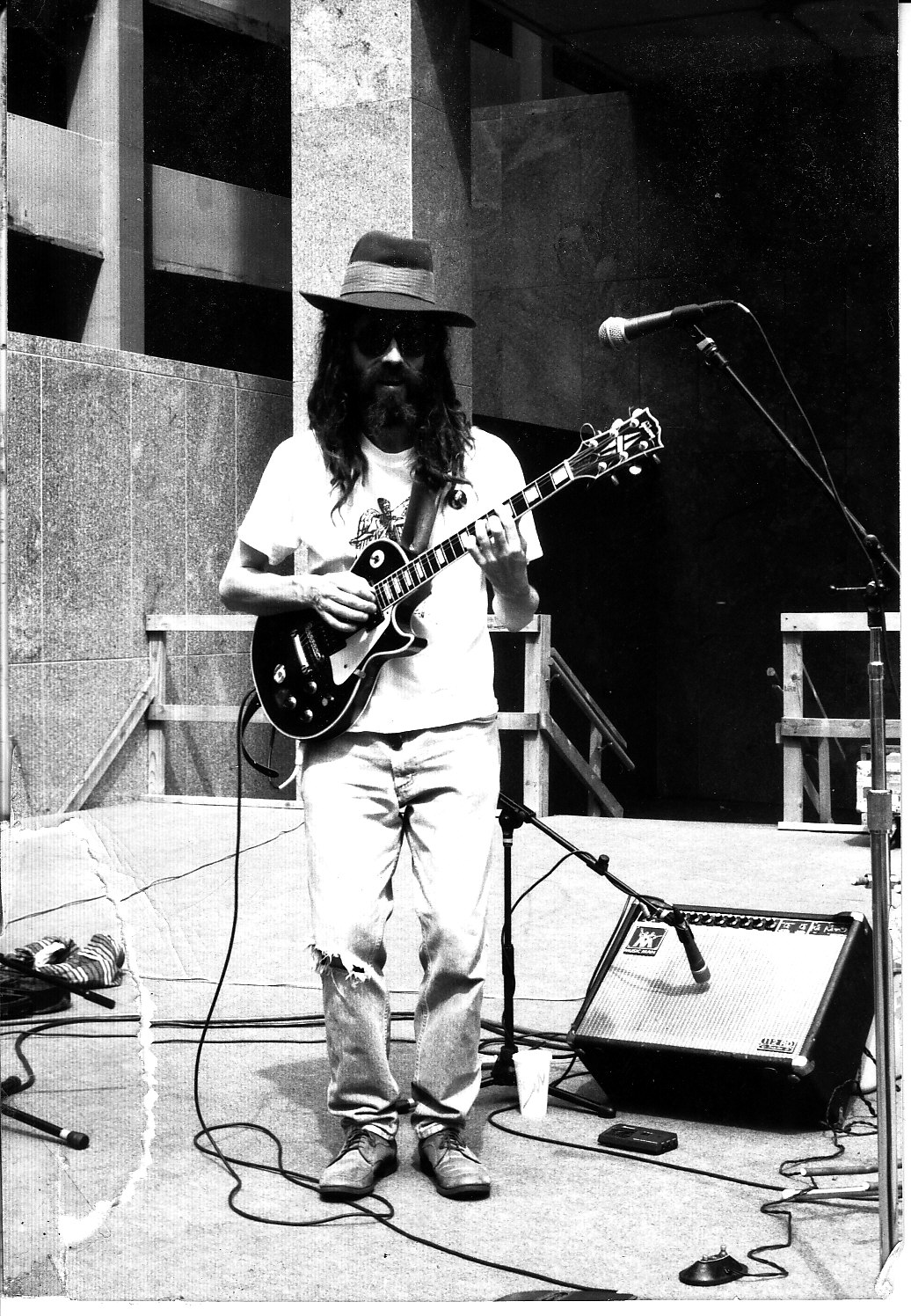
More Posts
- The Cosmos with LMC
- James Brown Day
- Pete Seeger Day
- World Music with Antonio de Quero
- Daily Roots with Jack Ruby and the Black Disciples
- The Cosmos with NGC 891
- Richard Groove Holmes Day
- Alessandro Scarlatti Day
- World Music with Beth Carvalho
- Daily Roots with the Clarendonians
- Mayday Rehearsal 5-1-19
- Happy Mayday 2019
- The Cosmos with NGC 6543
- Shirley Horn Day
- Little Walter Day
- Ira Sullivan Day
- World Music with Romano Drom
- Daily Roots with Cedric Congo Myton
- The Cosmos with Abell 1656
- Percy Heath Day


